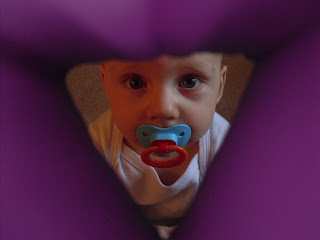Politician's speeches are notoriously long-winded without saying anything of substance. President Obama, while more articulate than President Bush, is no exception. The president who was most notorious for long-winded speeches, however, was President Warren G. Harding. William McAdoo called Harding's speeches "an army of pompous phrases moving across the landscape in search of an idea." H.L. Mencken said about president Warren G. Harding's 1921 inaugural address:
"I rise to pay my small tribute to Dr. Harding. Setting aside a college professor or two and a half dozen dipsomaniacal newspaper reporters, he takes the first place in my Valhalla of literati. That is to say, he writes the worst English that I have ever encountered. It reminds me of a string of wet sponges; it reminds me of tattered washing on the line; it reminds me of stale bean soup, of college yells, of dogs barking idiotically through endless nights. It is so bad that a sort of grandeur creeps into it. It drags itself out of the dark abysm of pish, and crawls insanely up to the topmost pinnacle of posh. It is rumble and bumble. It is flap and doodle. It is balder and dash."
This can also be said of other writing. So the next time you hear politicians' speeches and realize that after an hour of speaking, you cant remember a single thing that they said, remember that they are just fulfilling a centuries old American tradition.
Monday, June 29, 2009
Sunday, June 28, 2009
Thursday, June 18, 2009
Presidential Family Portraits
Presidential family portraits have been an on-going tradition. Its interesting to see the change in styles. You can kind of tell when presidents started paying more attention to their image due to the advent of t.v. and multimedia. While not all presidents took family portraits, and some of the pictures below are more candid than a posed family portrait, I still think its interesting to see what family members the presidents brought with them to the White House. Here are the presidential family portraits since the beginning of the twentieth century.




































Subscribe to:
Comments (Atom)




